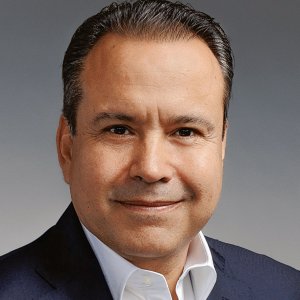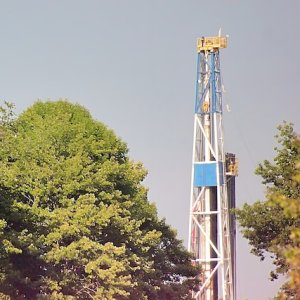First Steps of a Geothermal Energy Boom in Mexico

STORY INLINE POST
The Los Azufres II project in 2003 marked the last new installed geothermal capacity in Mexico. But a decade later, interest in this sector has been reignited by the new 50MW geothermal development at Los Humeros and the 50MW expansion of Los Azufres. “The fact that new projects are being developed reflects the worldwide boom that geothermal energy is experiencing today,” says Luis Carlos Gutiérrez Negrín, President of the Mexican Geothermal Association (AGM). The growing interest in the Mexican geothermal market came about as a result of increasing private sector participation and the government’s commitment to promoting renewable energies. “Despite many flaws in the government, one of the wisest choices has been its commitment to the environment and climate change,” says Gutiérrez Negrín. “Geothermal sector growth will be driven by the need to reduce our dependence on fossil fuels and the fact that more investors are interested in entering this market.”
According to AGM, addressing Mexico’s lack of specific legislation for geothermal energy should be a priority. While having a set of specific regulations brings certainty for investors, the use of a concession system would incur different types of risks. “The great risk posed by a concession system is that the market becomes vulnerable to financial speculation, which has happened in Chile and is happening in Australia. After several years of having had many companies invest and explore in Chile, there is not one geothermal plant operating yet,” says Gutiérrez Negrín, who nevertheless thinks that a concession system could bring benefits. “A concession scheme similar to that used in the mining industry could be developed for geothermal energy in Mexico, where concessions could be divided into exploration and production phases,” he suggests.
In the absence of a specific framework for geothermal energy, there are alternative ways for the sector to develop. In the US, over 3GW of installed geothermal capacity has been developed by the private sector without any specific geothermal regulation being put in place. “In the US, private companies do not possess geothermal concessions, but they must be sure to control the land where the project will be developed,” says Gutiérrez Negrín. “Under current Mexican regulations, any private producer can rent or buy land through private contracts to exploit and drill wells and get permits from CRE to install a self-supply or small producer plant and start operating. The risk in this case is that other companies might be exploiting the same deposit, thus reducing the production of the well. A concession regime would be useful to avoid that happening. The regulation is also different in the US, where the proprietor of the terrain is also the owner of whatever exists in the subsoil, with very few exceptions. In Mexico subsoil is the property of the nation, geothermal energy is regulated by the National Water Law and there are no major restrictions on exploiting a deposit.”
The initial investment costs, which are considerably higher compared to other renewable energies, are a key challenge for geothermal energy development. “It is important to consider the risk of the initial investment, since it is possible that after drilling you may not find the expected resource,” warns Gutiérrez Negrín. “However, these risks have been mitigated in Europe by creating a system in which the government, or a trust fund, absorbs part of the cost of unsuccessful wells that have been drilled.” The only incentive that currently exists in Mexico is a type of drilling insurance that was approved during the previous presidential term, but more regulation is needed for it to be used in practice. The privatization of the geothermal sector is a possibility that has been widely debated. “I think that future geothermal developments should take place through PPPs,” says Gutiérrez Negrín. In his vision, CFE does not have the financial capability to invest in building geothermal power plants, but it would be possible for the private sector to participate through IPP schemes. The geothermal resources and the well would remain property of CFE while the private investor would construct, own and operate the power plant. Under this scheme, CFE would provide the geothermal steam that allows the private power plant to generate electricity, which can then be sold back to CFE without any legal impediment. “If CFE does not have the financial means to invest in its own geothermal power plants, it has to look for private investors that are willing to work in this innovative scheme,” states Gutiérrez Negrín.
“The government will need to incentivize development, not only of geothermal energy but of all renewable energies, include tax deductions for investments in geothermal energy, fund the testing of equipment or processes, and set federal guarantees that credit can be obtained at low rates,” says Gutiérrez Negrín. Though such incentives are yet to be established, Gutiérrez Negrín is positive about the outlook for the sector: “I think that there will be more investment from the domestic and foreign private sectors,” he concludes.






















